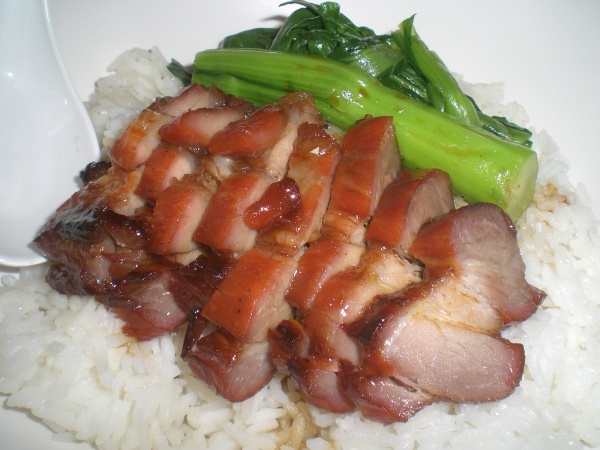Facts About Char siu
Char Siu is a cherished method of flavoring and preparing barbecued pork in Cantonese cuisine, classified under "siu mei" which denotes Cantonese roasted meats. Various cuts of pork can be used for char siu, including pork loin, pork belly, pork shoulder (also known as pork butt), pork fat, and pork neck end.
The name "char siu" translates literally to "fork roasted" stemming from the traditional technique of skewering seasoned boneless pork with long forks and roasting it in a covered oven or over an open fire.
Historically, wild boar and other meats were used for char siu, but nowadays, domestic pork shoulder is more commonly employed. This pork is typically seasoned with a delectable blend of ingredients such as honey, five-spice powder, soy sauce, hoisin sauce, and more. Char siu is often served with starchy sides like char siu buns, noodles, or rice.
In Hong Kong, char siu is a mainstay at siu mei shops, where it is enjoyed alongside other roasted meats. The dish also enjoys widespread popularity in Southeast Asian countries like Malaysia, Singapore, and Indonesia, where "char siu rice" is a favored offering at Chinese food stalls.
Japan has its own version of char siu called "chashu" which is made by braising rolled-up pork with seasonings such as soy sauce, sake, and mirin. In the Pacific Rim, particularly Hawaii, the char siu method is applied to a variety of meats. While the marinades are similar to those used in China, they often include red food coloring instead of red bean curd. In Hawaii, char siu chicken, as well as other meats like wild birds and boar, is commonly prepared in this manner.
Vegetarian char siu made from wheat gluten can even be found in some Southeast Asian Chinese communities. Whether in its traditional pork form or as a vegetarian alternative, char siu remains a delectable and versatile dish enjoyed by many around the globe.

 Malaysia
Malaysia